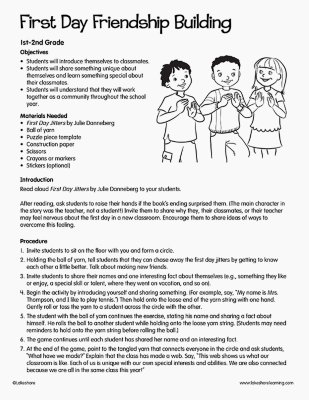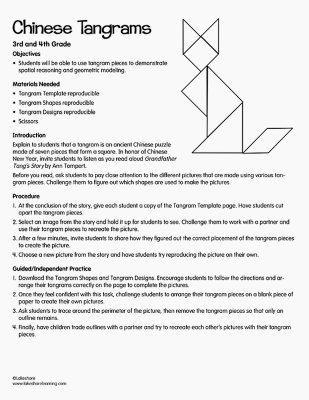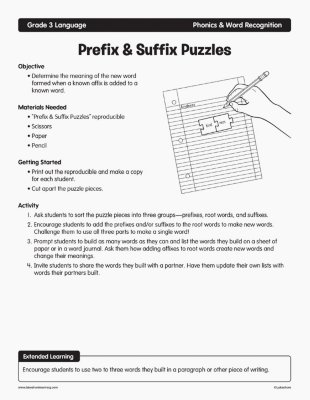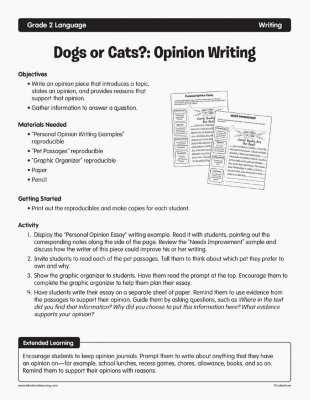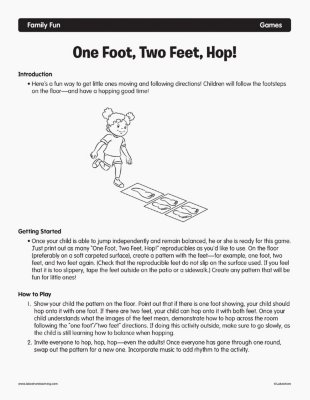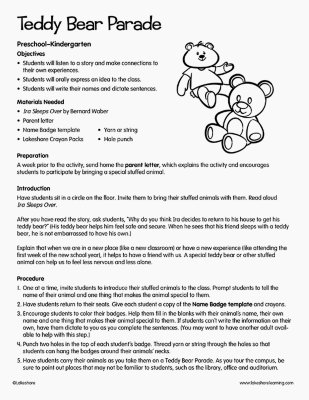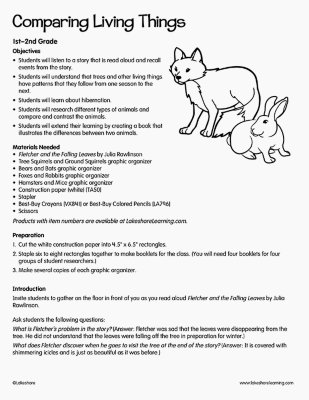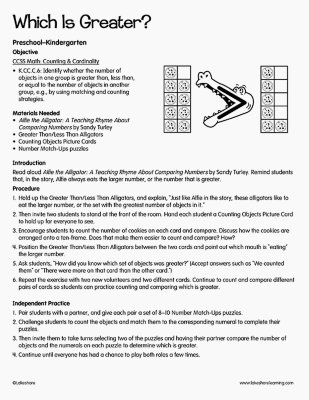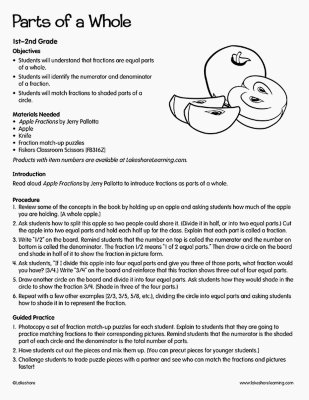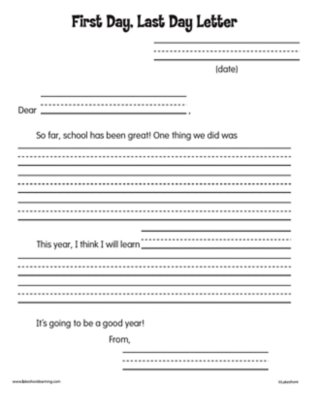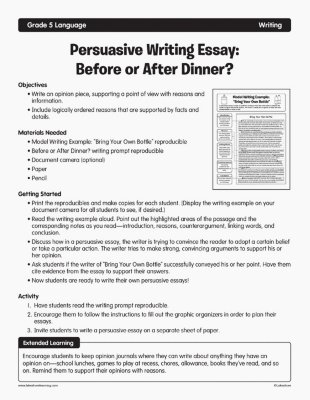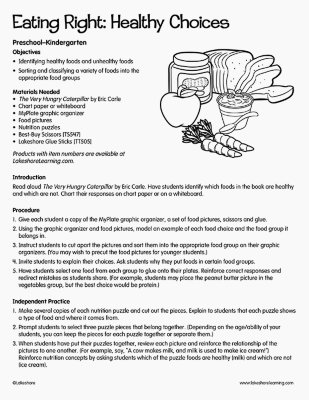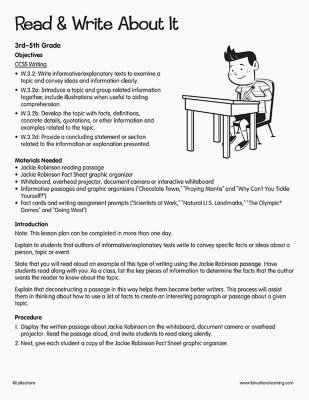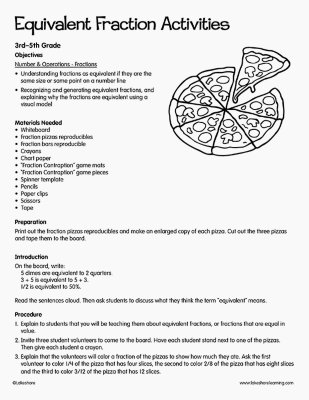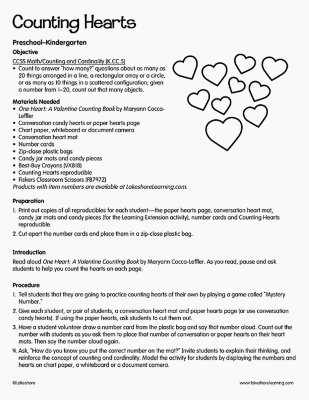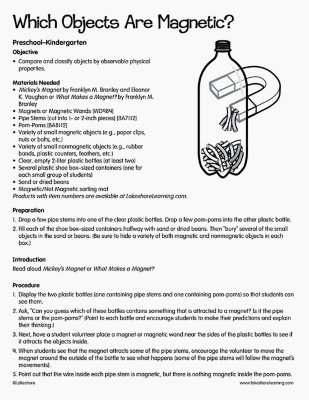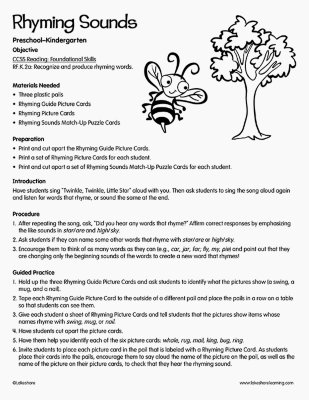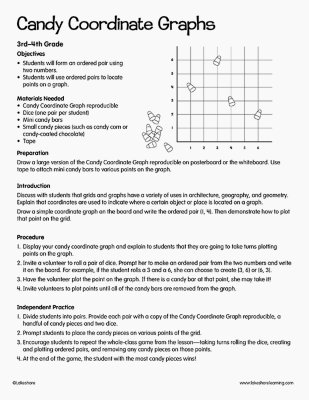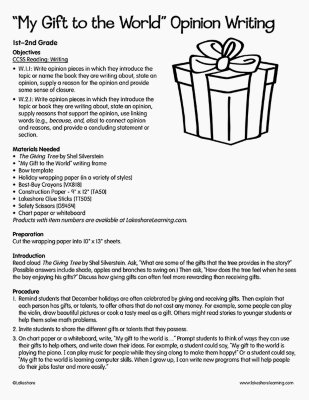Narrow by Grade
Grade
20 results for "24 piece floor puzzles/"
Objective
- Determine the meaning of the new word formed when a known affix is added to a known word.
Objectives
- Write an opinion piece that introduces a topic, states an opinion, and provides reasons that support that opinion.
- Gather information to answer a question.
Here’s a fun way to get little ones moving and following directions! Children will follow the footsteps on the floor—and have a hopping good time!
View Lesson PlanObjectives Students will understand that fractions are equal parts of a whole. Students will identify the numerator and denominator of a fraction. Students will match fractions to shaded parts of a circle. Materials Needed Apple Fractions by Jerry Pallotta Apple Knife Fraction match-up puzzles Fiskars Classroom Scissors Introduction Read aloud Apple Fractions by Jerry Pallotta to introduce fractions as parts of a whole.
View Lesson PlanObjectives
- Write an opinion piece, supporting a point of view with reasons and information.
- Include logically ordered reasons that are supported by facts and details.
Objective CCSS Reading: Foundational Skills RF.K.2a: Recognize and produce rhyming words. Materials Needed Three plastic pails Rhyming Guide Picture Cards Rhyming Picture Cards Rhyming Sounds Match-Up Puzzle Cards Introduction Have students sing “Twinkle, Twinkle, Little Star” aloud with you. Then ask students to sing the song aloud again and listen for words that rhyme, or sound the same at the end.
View Lesson Plan